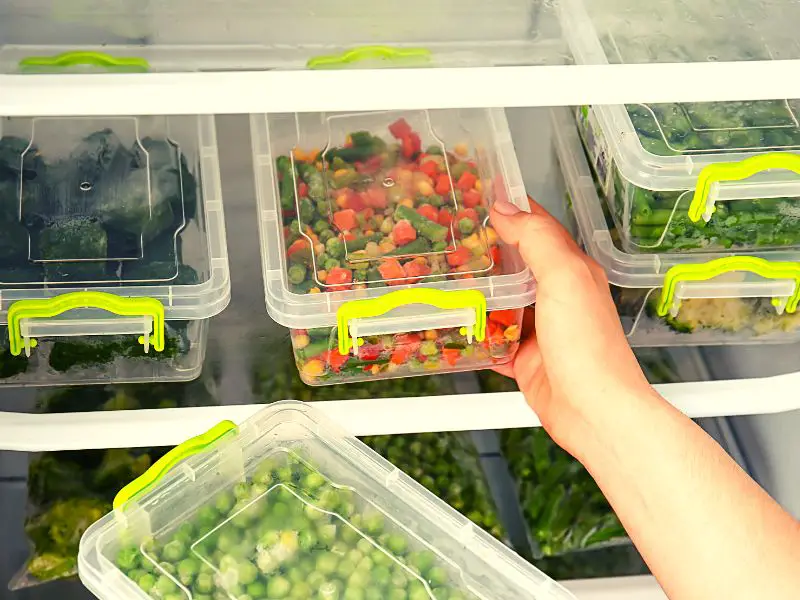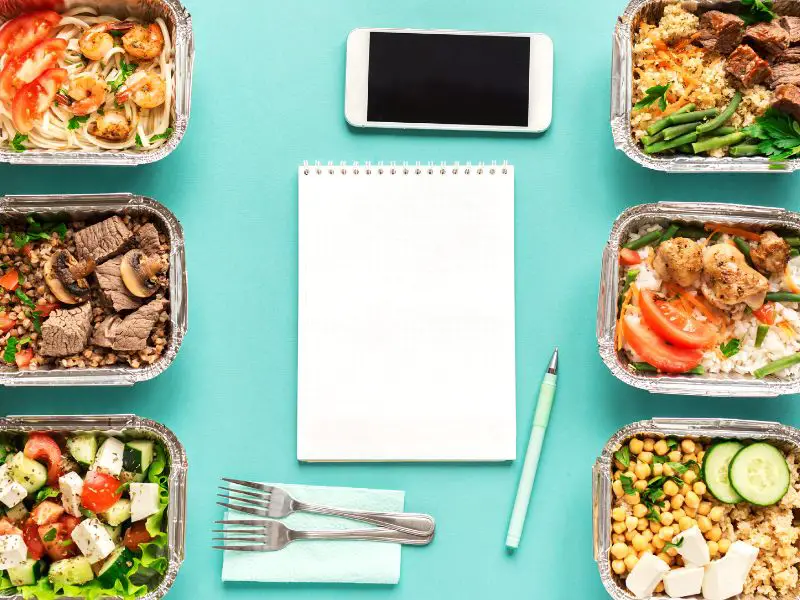Want to learn how to reduce food waste to start helping our planet? Let’s start!
Food waste is a massive world issue that many people fail to realize.
Indeed, roughly one-third of worldwide food production is abandoned or wasted for various reasons. This is equivalent to approximately 1.3 billion tons per year.
Unsurprisingly, developed countries such as the United States squander more food than developing countries. According to the US Environmental Protection Agency (EPA), the average American generated roughly 219 pounds (99 kg) of food waste in 2010 alone.
If you don’t believe that food waste impacts you, think again.

Throwing food is not only a waste of money. Food waste is dumped in landfills, where it decomposes and emits methane gas, the second most frequent greenhouse gas. In other words, wasting food adds to climate change.
It also wastes a significant quantity of water. According to the World Resources Institute, food waste wastes 24 percent of all agricultural water utilized each year. This is equivalent to 45 trillion gallons (about 170 trillion liters).
Although a lot of the waste at the end of the day is due to ignorance and carelessness, there are plenty of ways we can reduce our food waste and save some money on it. Today, I will share some benefits of preventing food waste and different tips for reducing your food waste.
What Are the Advantages of Preventing Wasted Food at Home?
With more than a billion people living in poverty, food security is a concern for many.
There are many benefits of why you should reduce the amount of wasted food at home. Here are some of them.
1. Save Money
By buying enough food, cooking only what you can consume, and as much as possible not throwing away food, you save more money.
By reducing your food waste, you will save money on groceries every week, which cuts down your monthly expenses,
Foods thrown away cost the typical household $1,500 each year.
2. Preserves Energy and Resources
When food is thrown away, the land, water, energy, and other resources utilized in production, processing, transportation, preparation, storage, and disposal are also lost.
3. Decrease Greenhouse Emissions
Emissions, such as methane and carbon dioxide, are caused by decomposing organic waste in landfills.
Methane, a strong greenhouse gas, is generated when food rots in a landfill—and food is the single greatest category of waste disposed of in dumpsites. In the United States, solid waste landfills are the third-biggest source of methane emissions.
4. Helps Preserve Natural Resources
By reducing your food waste, you help save precious natural resources used in its production and consumption. It takes 11 gallons of water to make a slice of bread and 1,847 gallons to produce a pound of beef. This is all at a loss if you throw away your food.

How Is Food Wasted?
Before you can start reducing your food waste, it’s essential to know how much you’re wasting and why you’re wasting it in the first place.
- Fruit and vegetables that are misshapen, discolored, or irregularly proportioned that do not satisfy market requirements (up to 20-40 percent) are thrown away before leaving the farm.
- Some food rots in transportation.
- Both retailers and consumers discard offcuts and items that have passed their expiration dates. (In wealthy nations, this type of waste accounts for most food waste.)
- Soil and water are contaminated with chemicals and microorganisms that make food unfit for consumption.
- Food is thrown away for aesthetic reasons.
- Many people emphasize the aesthetics of the food, and their food is thrown out simply because it does not meet their preferences.
Once you figure out how much food waste you produce and why it’s happening, the next step is to reduce it.
How to Reduce Food Waste: Top 3 Tips
You can reduce food waste by planning, preparing, and storing food. Here are some pointers that can help you get started.
1. Food Planning and Food Shopping Tips

Creating a shopping list with your weekly meals might save you time and money. If you purchase what you expect to consume, you are more likely to keep your food fresh and consume it all.
- Before heading to the grocery store, you should have a shopping list and a strategy.
- While writing your list, think about the meals you will be making throughout the next week, and check your refrigerator to see what products you currently have on hand.
- Add the number of meals you will prepare to avoid overbuying. For example: “greek salad – good for two meals.”
- Buy flawed produce and repurposed goods. Food with physical flaws is just as safe and nutritious as flawless produce and is occasionally available at a bargain.
- Know your expiration dates before preparing food. Expiration dates are labels on certain types of food that state when that type of product should be used or consumed. It is essential to know them to ensure you don’t buy expired items.
2. Food Storage Tips
Fruits and vegetables will taste better and last longer if stored properly. Proper food storage allows you to consume all your food before they spoil.
- Most vegetables, particularly those susceptible to wilting (such as leafy greens, cabbage, kale, and broccoli), should be stored in the refrigerator’s high-humidity drawer.
- Try the FoodKeeper app to learn how to store various foods to preserve their freshness and quality securely.
- Don’t wash berries, cherries, and grapes until you’re ready to consume them to prevent spoilage.
- Store onions and potatoes separately from other vegetables to prevent them from sprouting; this will prolong their storage life.
- Some fruits and vegetables, including potatoes, eggplant, winter squash, onions, and garlic, must be kept in the ref’s cold, dry, dark spaces.
- Keep grains in containers with airtight lids, and add labels.
3. Food Cooking and Preparation Tips
- Make healthy shakes and stews for your family and friends using “ugly” fruits and veggies. Nobody can tell the difference!
- Use the edible parts of food that you ordinarily do not consume if it is safe and healthful. For example, you can use stale bread for cooking croutons. You can stir beet greens for a tasty side dish, and you can use vegetable stocks for a nutrient-packed soup.
- Make it your goal to prepare and cook the appropriate amount of food, just enough for the people you are serving.
- Perishable foods should not be left at room temperature for longer than 120 minutes.

Best Eco-Friendly Tips You Should Read and Implement: Eco Friendly Activities for Kids, 5 Top Eco Friendly House Designs Trends, How to Be More Eco-Friendly
Author’s Note
It is unnecessary to throw away food that does not meet market standards, as you can use these items for other purposes. To reduce the amount of food waste you produce, you must plan for your consumption and organize your shopping list accordingly. You should also know expiration dates, so you don’t buy something expired.
It is important to reduce food waste. Reducing food waste is not just because it is a good thing to do but also because it benefits the world. Reducing food waste will not only lessen the environmental damage that occurs from throwing away so much of our food but can also provide relief for those who cannot afford enough to eat. Knowing how to reduce food waste will allow us to prevent waste and preserve the bit of earth we have left for the future.


3 thoughts on “How to Reduce Food Waste: Top 3 Tips to Help Save the Environment”